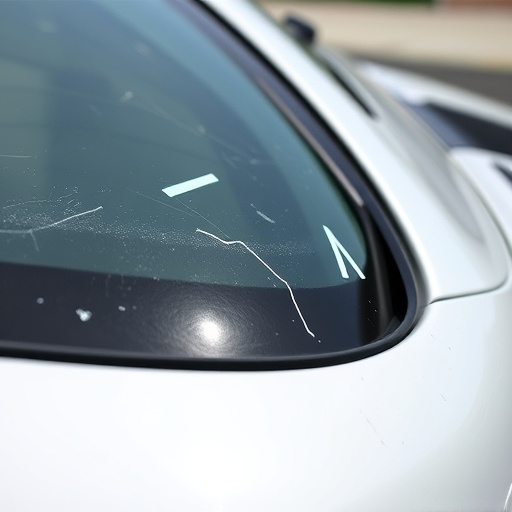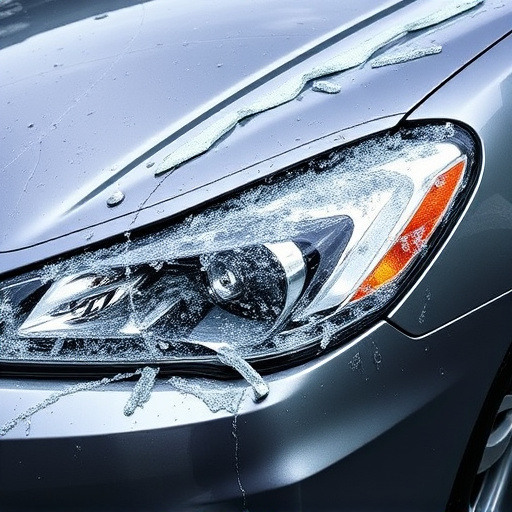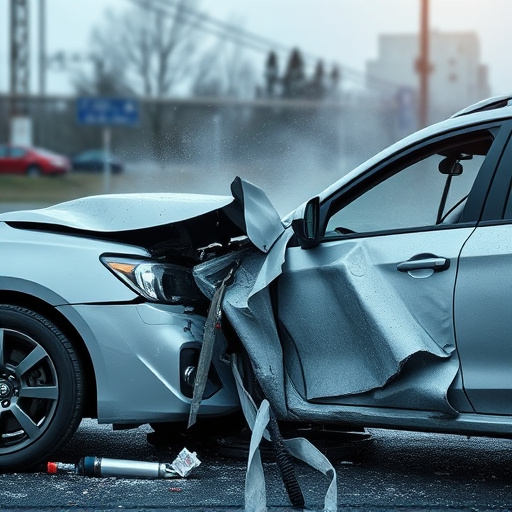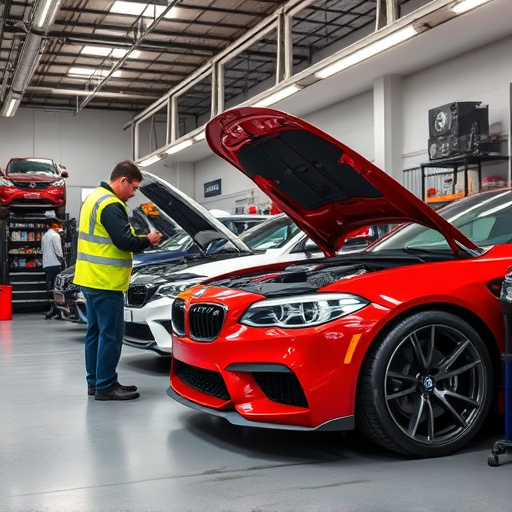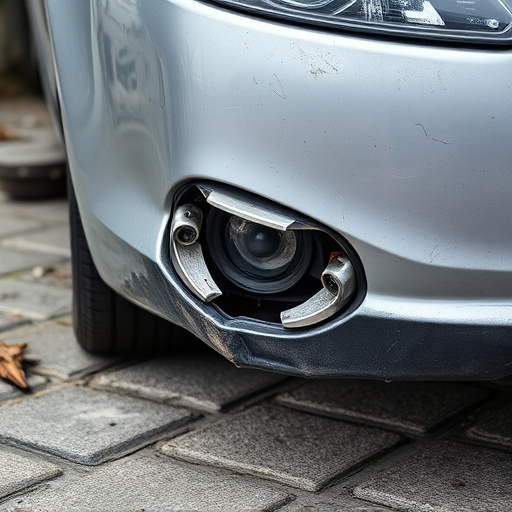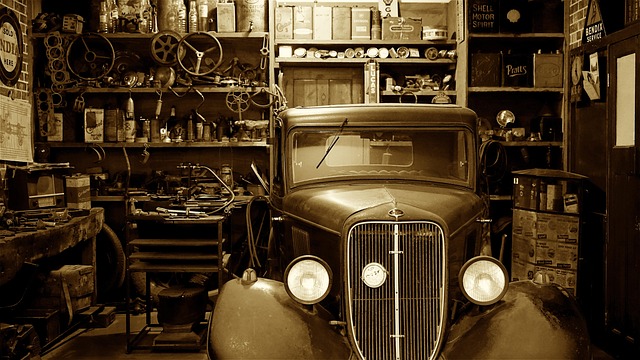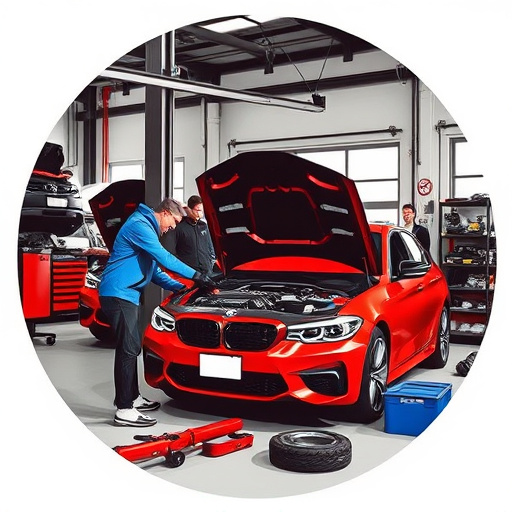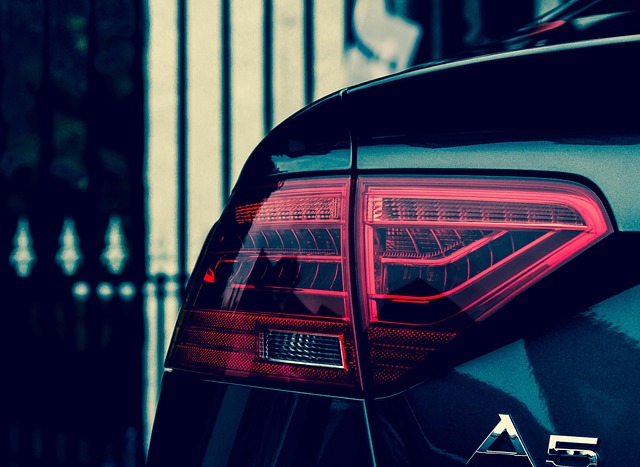Inspect your plastic bumper for cracks and chips to assess reparability. Minor damage can often be repaired with tools and materials, while extensive issues may require replacement. Cost-effectiveness of repairs vs. replacement is key, as plastic covers are generally more affordable. Compare repair costs with new bumper prices to make an informed decision on plastic bumper cover repair.
Is your plastic bumper cover damaged but still holding up? Before you replace it, consider whether a repair is the smarter choice. This guide will help you determine if your plastic bumper cover is repairable. We’ll walk through simple inspection steps for cracks and chips, assess the level of deterioration, and weigh the cost-benefit of repairing versus replacing. By following these tips on plastic bumper cover repair, you can make an informed decision that saves time and money.
Inspect for Cracks and Chips
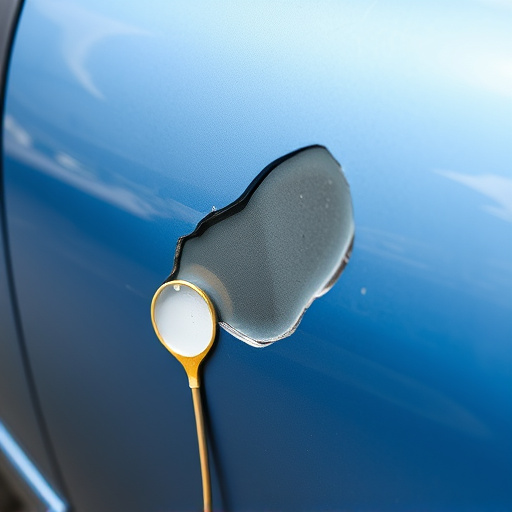
When assessing whether your plastic bumper cover is repairable, the first step is to thoroughly inspect it for any signs of damage, with a specific focus on cracks and chips. These are often the most noticeable and common issues that can occur over time due to minor bumps, scratches, or even more significant collisions. Carefully examine the surface for any breaks in the plastic, as these can range from shallow nicks to deep fissures. Cracks might appear as thin lines or small splits, while chips could look like small pieces missing from the bumper’s surface.
Identifying these issues is crucial when considering plastic bumper cover repair options. Minor cracks and chips may be candidates for simple repairs using specialized adhesives or injection molding techniques offered by auto body services. However, extensive damage or deep cracks might require more complex procedures or even a complete replacement, depending on the vehicle’s overall condition and your desired aesthetic outcome for the car bodywork.
Assess Degree of Deterioration
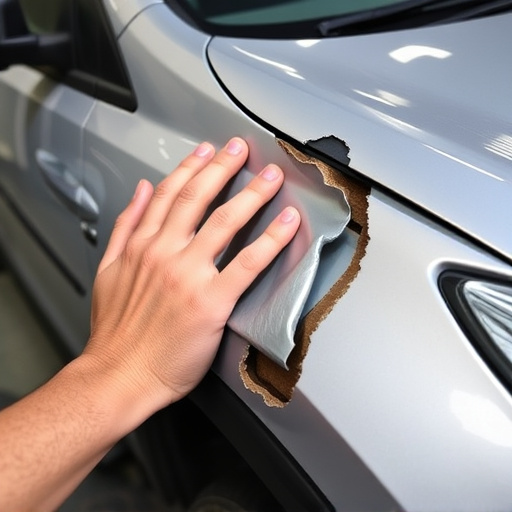
When determining if your plastic bumper cover is repairable, the first step is to carefully assess the degree of deterioration. Inspect the cover for cracks, chips, dents, or other types of damage. If the damage is minimal, with only small cracks or light scuffs, it may be possible to repair the cover using specialized tools and materials designed for plastic bumper repairs.
In cases where the damage is more extensive, such as deep cracks, large holes, or significant deformations from a car collision, it might be more feasible to consider replacement rather than repair. However, even in these situations, it’s worth exploring options for car restoration, including custom fabrication or finding a suitable used bumper cover, before completely writing off the possibility of saving your current one through plastic bumper cover repair.
Consider Cost vs. Replacement
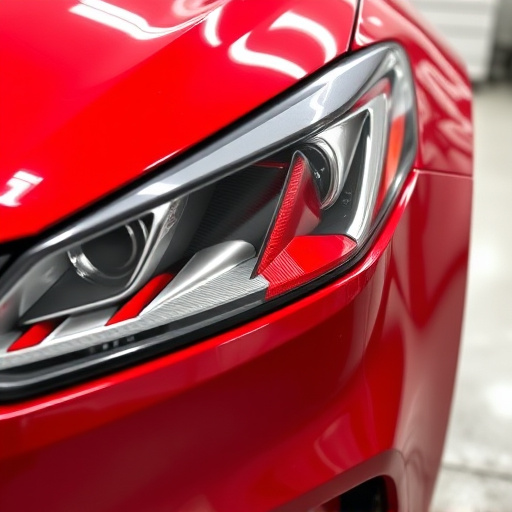
When deciding whether to repair or replace your plastic bumper cover, cost is a primary factor to consider. Plastic bumper covers are generally more affordable than their metal counterparts, making repairs a more economical option in many cases. A simple dent or crack can often be fixed with basic tools and materials, saving you the expense of taking your vehicle to a collision repair center or vehicle body shop for collision damage repair.
Before committing to either option, weigh the cost of repair against the price of a replacement bumper. While a new bumper may offer better aesthetics, it will inevitably come at a higher price point. Repairs can restore your bumper to its original condition, sometimes even improving its look, all while maintaining your budget.
If your plastic bumper cover shows signs of cracks, chips, or moderate wear but remains mostly intact, it may be repairable. Considering the cost of replacement versus repair can help you make an informed decision. Simple repairs like bonding chips or filling small cracks can extend the life of your bumper cover, saving you money in the long run. However, extensive damage or severe cracking might indicate that a full replacement is necessary for optimal vehicle protection and aesthetics.
